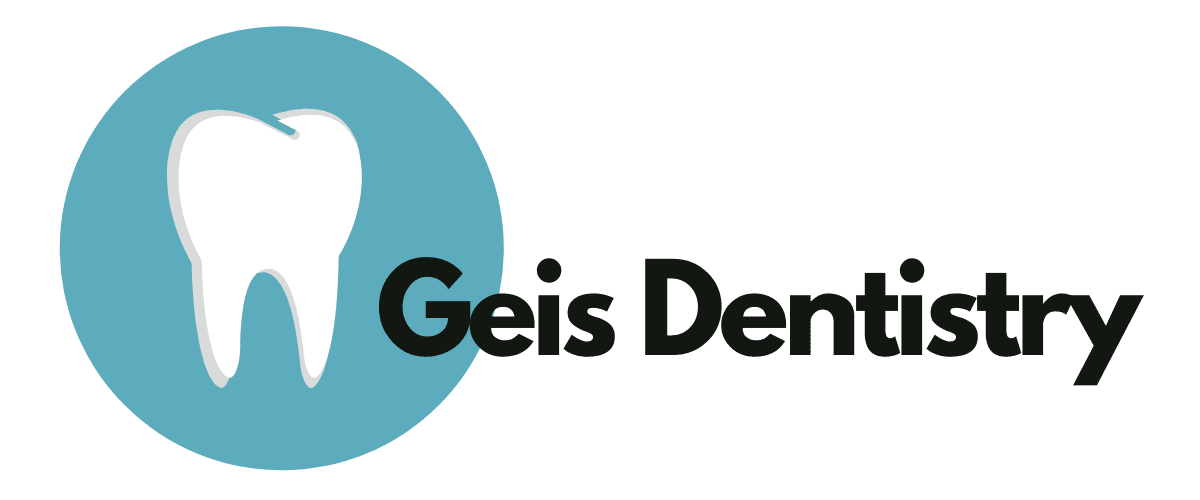Are you trying to decide between clear braces and Invisalign for your orthodontic treatment? Both options offer discreet ways to straighten your teeth, but they come with different features and benefits that might make one more suitable for you than the other.
Clear Braces: Treatment Duration Comparison
When considering orthodontic options, the treatment duration is a crucial factor. Clear braces typically require a longer treatment time than Invisalign. On average, it can take anywhere from 18 to 36 months to achieve the desired results. This extended duration is due to the nature of the braces, which are fixed and continuously apply pressure to move teeth into their correct positions.
In contrast, Invisalign often offers a shorter treatment period, usually ranging from 12 to 18 months. The clear aligners are custom-made and replaced every two weeks, allowing for more precise and efficient tooth movement. For a more detailed understanding of what to expect during your Invisalign journey, check out Your Invisalign Treatment Experience: What to Expect.
Cost differences overview
When considering clear braces versus other orthodontic options, the cost is a significant factor for many individuals. It can typically have a different pricing structure compared to other treatments, often influenced by the complexity of the case and the duration of the treatment. It’s essential to understand that while it might have a higher upfront cost, they can offer long-term benefits that justify the investment.
On the other hand, the cost of clear braces can vary widely depending on various factors such as location, the expertise of the orthodontist, and the specific needs of the patient. For those interested in exploring their options further, you can Get Invisalign in Aurora to compare costs and make an informed decision.
Comfort and Fit Analysis
When considering clear braces, comfort and fit are crucial factors to evaluate. These are designed to be less noticeable and more comfortable than traditional metal braces, but the experience can vary from person to person. The fit of clear braces is typically customized to ensure they align properly with your teeth, providing a snug yet comfortable feel. This customization helps minimize discomfort and ensures that the braces do not interfere significantly with daily activities like eating and speaking.
Visibility and Aesthetics
When considering clear braces versus other orthodontic options, visibility and aesthetics play a significant role in the decision-making process. Clear braces are designed to be less noticeable than traditional metal braces, making them an appealing choice for those who prioritize a more discreet look. Their transparent material blends with the natural color of your teeth, offering a subtle appearance that many find attractive. For more information on how clear braces can enhance your smile, visit Geis Dentistry, your trusted Aurora Dentist.
Maintenance and Cleaning
When it comes to maintenance and cleaning, clear braces require regular attention to ensure they remain effective and hygienic. Proper care involves routine cleaning to prevent any buildup that could affect their appearance and functionality. Keeping braces clean is essential for maintaining oral health and ensuring that the braces continue to work as intended throughout the treatment period.
Eating and Drinking Restrictions
When considering clear braces versus Invisalign, it’s essential to understand the eating and drinking restrictions associated with each option. Clear braces are fixed to your teeth, meaning you must avoid certain foods that could damage the brackets or wires, such as hard, sticky, or chewy items. On the other hand, Invisalign aligners are removable, allowing you to eat and drink whatever you like, as long as you take out the aligners beforehand. However, it’s crucial to brush your teeth before reinserting them to prevent staining and maintain oral hygiene. This flexibility makes Invisalign a more convenient choice for those who don’t want to alter their diet significantly.
Effectiveness for Complex Cases
When it comes to addressing complex orthodontic issues, clear braces often have a distinct advantage over Invisalign. Clear braces are similar to traditional metal braces but use transparent or tooth-colored brackets, making them less noticeable. They are highly effective for treating severe misalignments, significant bite issues, and other intricate dental problems. The fixed nature of clear braces allows for more precise control over tooth movement, which is crucial for achieving optimal results in complex cases. While Invisalign can handle a variety of orthodontic issues, it may not always be the best option for more complicated treatments. Therefore, if you have a complex dental case, clear braces might be the most effective choice to ensure a successful outcome.
Follow-up Appointments Frequency
When considering clear braces versus Invisalign, it’s essential to understand the frequency of follow-up appointments required for each option. Clear braces typically necessitate more frequent visits to your orthodontist, often every 4-6 weeks, to adjust the wires and ensure the treatment is progressing as planned. In contrast, Invisalign aligners usually require check-ins every 6-8 weeks, as the aligners are pre-made and can be changed at home according to the treatment plan. This difference in follow-up appointments can be a deciding factor for those with busy schedules or limited availability for regular orthodontic visits.
Age Suitability Factors
When considering clear braces versus Invisalign, age suitability is a crucial factor. Clear braces are often recommended for teenagers and adults who have fully developed teeth and jaws, ensuring effective treatment. Invisalign, on the other hand, offers options like Invisalign Teen, specifically designed for younger patients whose teeth are still growing. Both options provide discreet solutions, but clear braces might be more suitable for those who need a more robust treatment due to complex dental issues. Understanding the age-related suitability of clear braces can help you make an informed decision tailored to your specific orthodontic needs.
Conclusion
Deciding between clear braces and other options can be challenging, but we’re here to help call us at 303-750-4250 or check out our Google Maps reviews.

